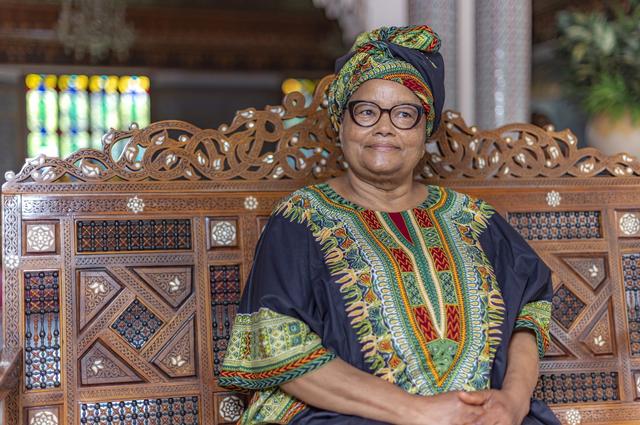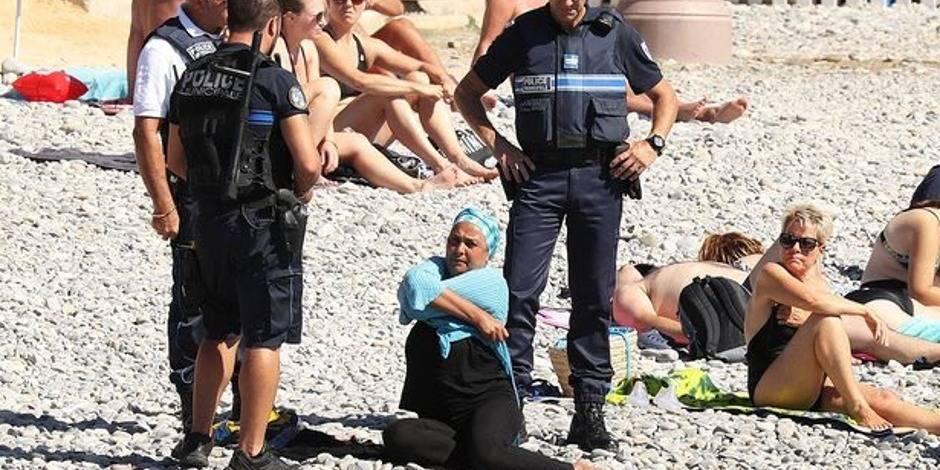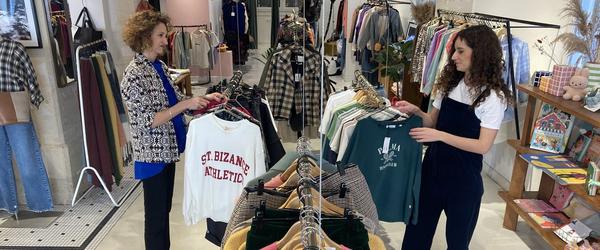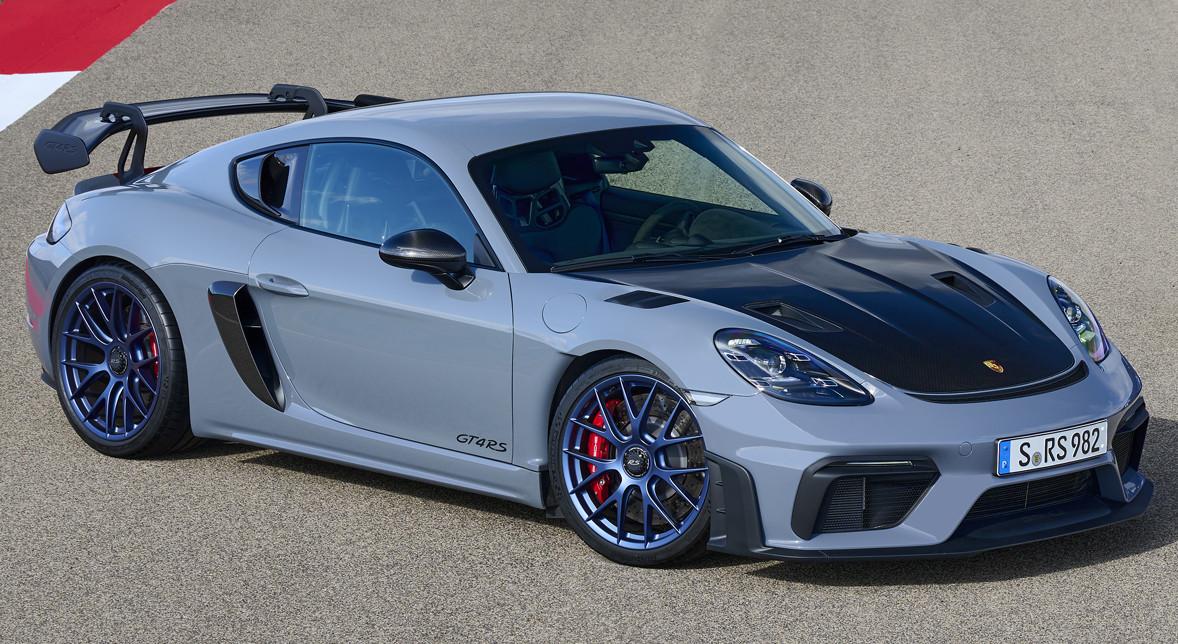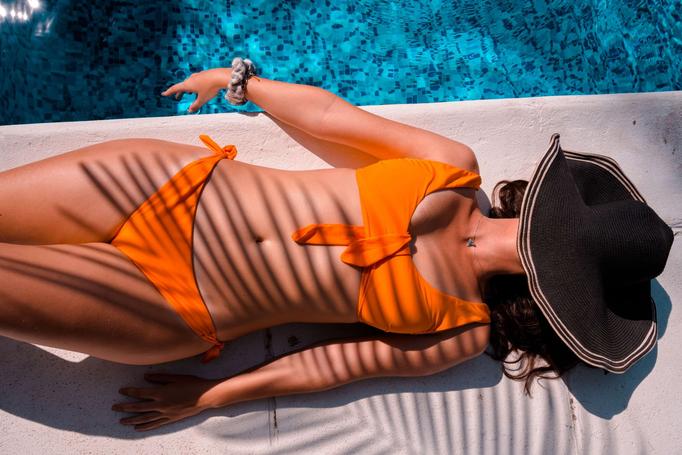Under Armour, the stuff of a champion
Wanting to show up on a podium, for a sports brand, is almost obvious. Except when said podium is not surmounted by a valiant sporting hero but finds himself planted in the middle of a small assembly of ultra-stylish VIPs and fashion photographers: this Thursday, Under Armour, the stadium regular, decided to drop the tracksuits and dress smart for their first steps on a "catwalk". The American equipment manufacturer, which has built its reputation on technical and high-end products for performance sports, will present its first line of street clothes during New York Fashion Week: jackets, shirts, pants have been designed by Tim Coppens, a former employee of Ralph Lauren and Adidas, recently hired as artistic director of this range called “Under Armor Sportswear”.
A new stage in the crazy race of the American brand: just twenty years ago, the company's headquarters was a simple basement at the grandmother's house of its founder Kevin Plank. “In recent years, it is the only example of a sports equipment manufacturer that has started from nothing and has managed to become a major player,” explains Cédric Rossi, analyst at Bryan Garnier. Because, in terms of figures, Plank's constant is a mechanism as precise as that of its almost homonymous German physicist: Under Armor has just completed its twenty-fifth quarter with at least 20% growth. Its sales rose from 17,000 dollars in the first year to 400 million in 2006 and should approach the 5 billion mark this year.
The “underdog” comes out of its niche
With a market capitalization four times larger (currently $16 billion), investors seem to have chosen it as the new challenger to the two heavyweights in sport, Nike and Adidas. In the United States, Under Armor is already neck and neck with the German group and could end 2016 as number two on the market - behind the untouchable Swoosh. But despite his bodybuilding growth, the American is still a little light to really compete in the world ring: Nike and Adidas weigh eight and five times more than him respectively in terms of turnover, with a share of the planetary pie of goods. athletes by 17.2% and 10.5% in 2015, according to Euromonitor, against 1.6% for the newcomer. “I think this two-horse race will continue,” predicted Herbert Hainer, CEO of the three-stripe brand.
The image must have spoken to Kevin Plank, who owns a stable near Baltimore. But his real hobby, the one that allowed him to build his success, is American football. A member of the University of Maryland team, he felt that breathable jerseys made of synthetic fibers would be better suited than traditional cotton t-shirts to support the protective armor worn by players - hence the brand name. “I had just graduated and realized that I knew 60 guys playing in the NFL [the professional championship, editor’s note],” he told Bloomberg. “I either took advantage of this window now or I lost it for good. I wondered: is there a way to give them a gift that would help me too? And the virtuous circle has begun. The money raised by his first business, an on-campus rose delivery service, financed the first models that he distributed to his former teammates. Word of mouth led him to sponsor his first pro team the following year and to make an appearance in Hollywood in 1999 in the reference film on US football, “Sunday Hell”.
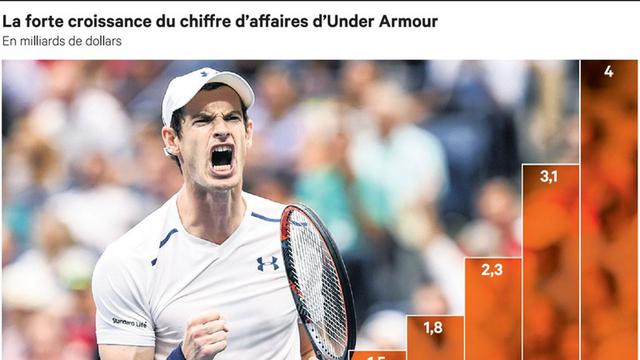
Adapted to other sports, this positioning on performance, with the “technical” validation of professional athletes, appeals to American amateur athletes. "Under Armor has created its own niche of pure performance equipment for mass consumption," said Adeline Ho, at Euromonitor. Today, the "underdog" wants to break out of its niche: nearly 90% of its sales are made in the United States and, even if the country is the largest market in the world for sporting goods, its expansion will go through excursions outside his garden. The “lifestyle” adventure with the Under Armor Sportswear (UAS) range is part of this strategy. The group has also signed agreements with major American distributors to “exit” sports stores. A way to reach new audiences and go poaching in the lands of clothing giants like H&M and Uniqlo, which in recent years have started to offer sports-style clothing, but not at all intended for practice. athletic.
“Young, aggressive and daring”
Except that the path is not without pitfalls. Some big names in sport have stumbled there: Puma is only recovering from its too brutal shift towards "lifestyle" made in the 2000s and is now fighting to regain its sporting stripes - the key to making the bet a winner. "Even in the 'lifestyle' segment, a brand's performance in sport remains important in the eyes of consumers and gives it credibility," assures Cédric Rossi. Under Armor has learned the lesson: the UAS range will only be present in the United States at first. "It will not be launched in the short term in Europe," says Olivier Genoud, marketing and "business development" director on the Old Continent. Here we focus on the performance aspect to establish the brand. It is our fastest growing area, and the three major countries for us are Great Britain, France and Germany. »
To move away from an image very marked by "American" sports (US football, baseball, etc.), the group places itself in more "European" disciplines such as rugby - it supplies the Welsh national team, ASM Clermont, the London Wasps - and football (Tottenham, Aston Villa, Southampton). Still, in the United Kingdom, where its transatlantic breakthrough is the most concrete, Under Armor is still outside the Top 10 sales. But its fame grew rapidly, and the brand's executives were often hunkered down in their choice of sponsorship - beginner's luck, some competitors scoff. Like basketball player Stephen Curry or golfer Jordan Spieth, several of “his” athletes, unknown at the time of signing their contracts, have become world stars.
Lacking the punching power of its big rivals, Under Armor focuses on “young, aggressive and bold” athletes – a Jordan Spieth phrase that has become a company mantra. He even managed to impose himself on the photo of the last Olympic Games, despite the intolerance of the International Olympic Committee for anything that is not an official partner, by equipping several outstanding figures: Michael Phelps, Andy Murray or the new darling gymnastics Simone Biles (with an outfit made of 5,000 Swarovski crystals).
But building global awareness is expensive and its marketing spend is skyrocketing (+20% in the last quarter). This weighs on its margins and could affect its ability to offer innovative products. Especially since he must continue to develop another weapon on which he has bet 700 million dollars: his Connected Fitness platform, which combines social network, coaching and health applications, and already capable of "dialogue" with some of his smart shoes.
In numbers
2015 turnover 3.96 billion dollars (+28.5%). Analyst consensus for 2016: 4.94 billion.
Net income 232.6 million (+11.8%).
Workforce 13,400 employees at the end of 2015. The group's headquarters are located in Baltimore, Maryland, and the founder, Kevin Plank, is still at the helm.
Global market share 1.6% in 2015, compared to 0.6% in 2010. It then held 6th place in the sports equipment sector (source: Euromonitor).
Breakdown of turnover by product category: clothing (71%), shoes (17%), accessories and licenses (11%).
87% of its sales are made in North America.
Under Armor went public in November 2005. Today, its market capitalization stands at $15.6 billion.

